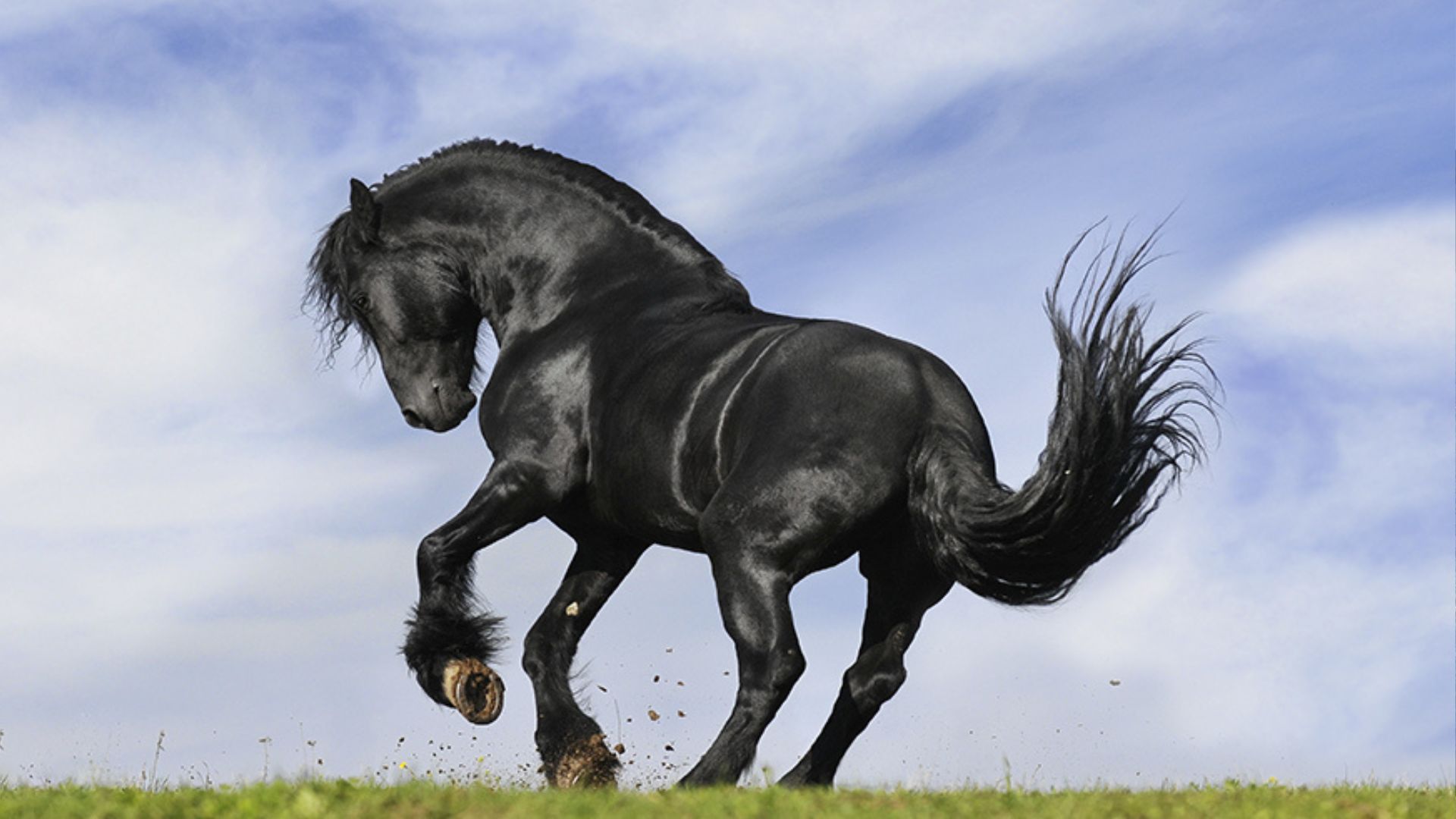
The Carthusian Horse: History and Legend of a Unique Breed
The Cartujano horse has its roots in the Cartuja of Jerez, where monks began breeding it in the late 15th century. This breeding line, one of the purest of the Andalusian horse, was preserved with extraordinary rigor. Legend has it that a stallion named Esclavo, a dark gray horse acquired by the Zamora brothers, was the origin of this prestigious lineage, also known as the "Zamorana".
Origin and evolution in breeding farms
For centuries, Cartujano horses have passed through the hands of important breeders, such as the Zapata and Romero families, who continued to preserve the purity of the breed. Today, the Yeguada Cartuja Hierro del Bocado, located in Jerez, is the largest genetic reserve of Cartujano horses. This estate has maintained the breeding and selection of these specimens for over 500 years, ensuring the preservation and improvement of this noble lineage.
Physical characteristics of the Cartujano horse
The Cartujano horse is characterized by its elegant morphology, including a fine, slightly convex head, large eyes, and a well-arched, muscular neck. These horses, known for their Baroque appearance, feature a thick mane and a high-quality tail. Their height ranges between 1.55 and 1.65 meters, and while the most common coat is gray, there are also chestnut and black specimens.
In terms of structure, they are distinguished by their muscular hindquarters, slightly sloping croup, and strong hocks, which give them a fluid and elegant movement, ideal for competitions like classical dressage.
Competitions in which they excel
The Cartujano horse is highly valued in various equestrian disciplines. Classical dressage is one of the areas where this horse excels, thanks to its ability to perform precise and harmonious movements. These horses, with their docile nature and elevated movement, are perfect for executing complex exercises in this discipline.
Morphological competitions are another stage where this breed shines, being evaluated for its physical conformation and functional ability. Specimens like Divertido have demonstrated their quality in these competitions, thanks to their impeccable morphology and elegance in movement.
In addition, the Cartujano horse is used in rejoneo, where its bravery, agility, and ease of handling make it a highly prized horse for facing bulls in the ring.
International influence of the Cartujano horse
This noble horse has had an impact not only in Spain but has also been exported to various countries such as Mexico, Colombia, and the United States. In these countries, the Cartujano horse has been used to improve other lines of the Pura Raza Español and is highly valued for its temperament and morphology.
Notable Specimens and Genetic Preservation
The Yeguada Cartuja Hierro del Bocado has successfully preserved and improved the Cartujano breed through a rigorous process of genetic selection. Specimens like Vengativo and Gracioso are clear examples of the excellence of this breeding farm, having won several awards in international competitions.
The Cartujano horse is not only a symbol of Spanish equestrian tradition but also one of the most admired and valued breeds in the world. Its nobility, elegance, and docile nature make it an ideal choice for equestrian competitions, as well as for dressage and rejoneo. Thanks to genetic conservation efforts such as those by the Yeguada Cartuja Hierro del Bocado, the legacy of these horses will live on for generations, consolidating them as one of the great treasures of the Pura Raza Español.
Images: Yeguada Cartuja Hierro del Bocado website.












_v2.svg)
_v2.svg)









_v2.svg)


